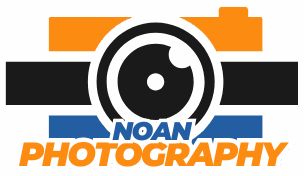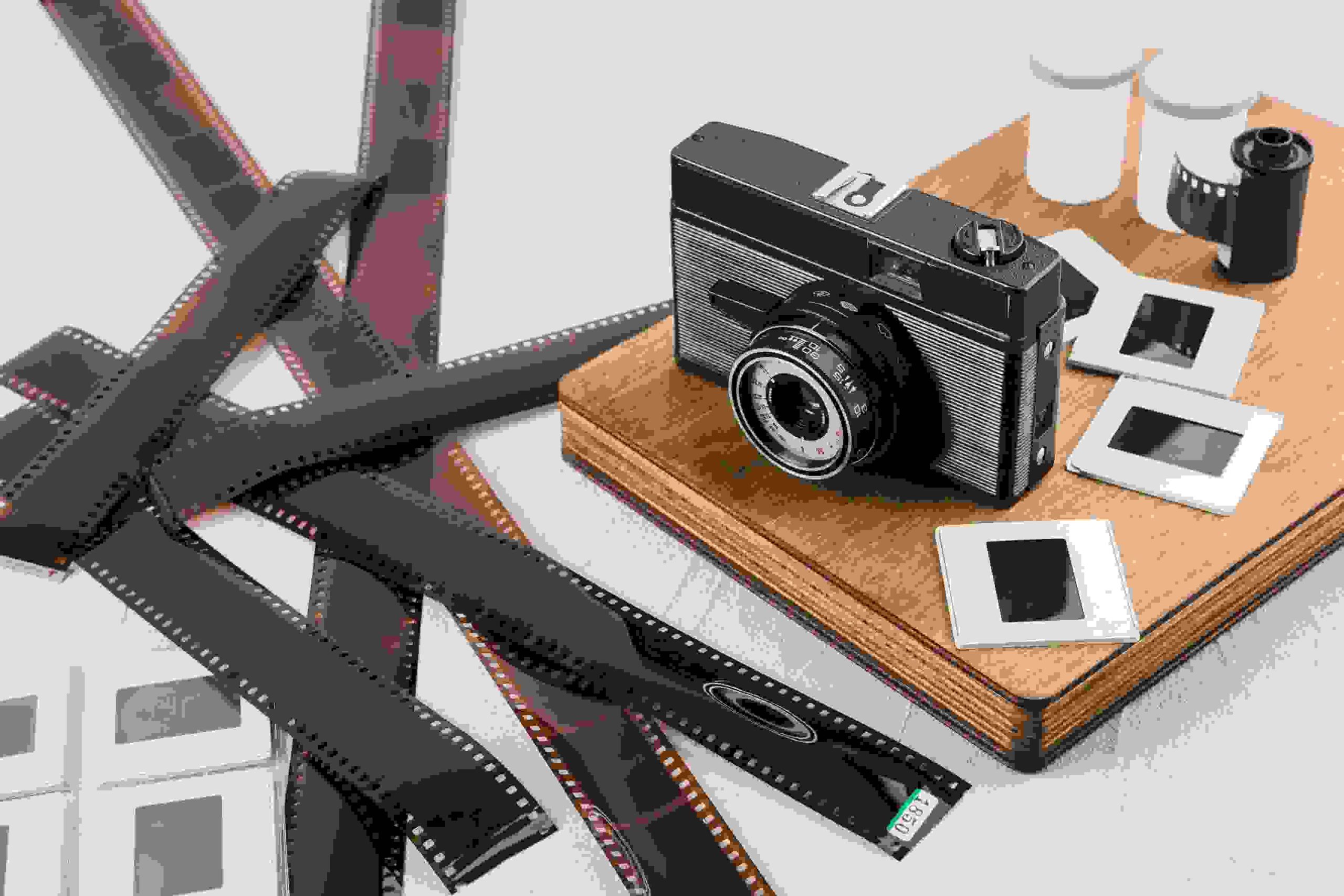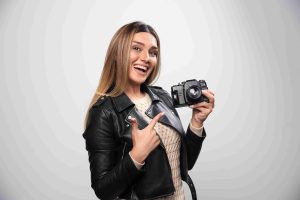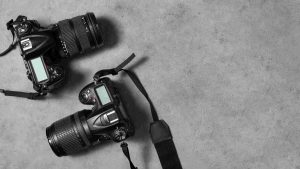If you’re searching for the best film camera for beginners, chances are you’re craving something more tactile than your smartphone—or even your digital camera—can offer. I get it. After shooting film for over a decade—from $20 thrift-store finds to premium Leicas—I’ve learned that the best 35mm film camera isn’t just about sharpness or specs. It’s about how a camera feels in your hands and inspires you to slow down and shoot with intention.
This guide is built on real-world experience, not just spec comparisons. Whether you want a fully mechanical SLR, something with auto-exposure, or a compact rangefinder-style option, I’ve used them, tested them, and I’ll help you avoid the usual beginner pitfalls.
What Makes the Best Film Camera for Beginners?
Before we dive into camera models, here’s what truly matters when you’re just starting out:
- ✅ Ease of Use – Controls should be intuitive, not overwhelming.
- ✅ Lens Availability – You want affordable, easily available lenses—not rare mounts.
- ✅ Reliability – The camera should survive more than a few rolls without repairs.
- ✅ Affordability – Starting film photography shouldn’t require a second mortgage.
10 Best Film Cameras for Beginners (Tested & Ranked)
1. Canon AE-1 Program – Best All-Around Starter SLR
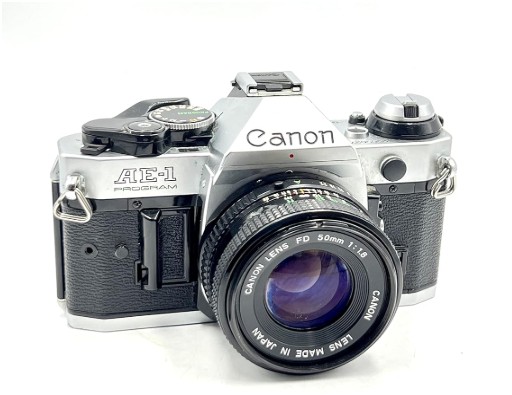
Image source- Amazon
Why It’s Great:
- Aperture-priority auto mode is perfect for new users.
- FD lenses are sharp, affordable, and everywhere.
- Rugged build—mine’s survived rain, dirt, and travel.
Drawbacks:
- Needs battery for metering, though still works mechanically.
Best For: Beginners who want both creative control and a helping hand.
2. Nikon FM2 – Best Fully Mechanical Film Camera
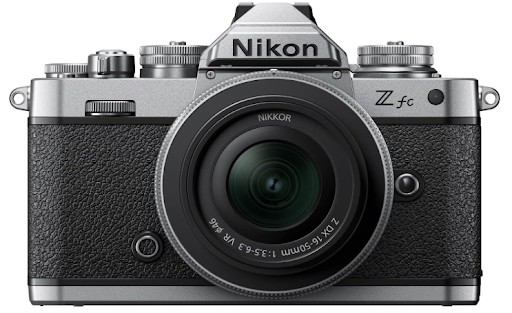
Image source- Amazon
Why It’s Great:
- No battery needed for the shutter—always works.
- 1/4000s top shutter speed for daylight control.
- Compatible with legendary Nikon glass.
Drawbacks:
- Slightly heavier and more expensive than some options.
Best For: Those who want a forever camera that won’t quit.
3. Olympus OM-1 – Best Compact & Lightweight SLR
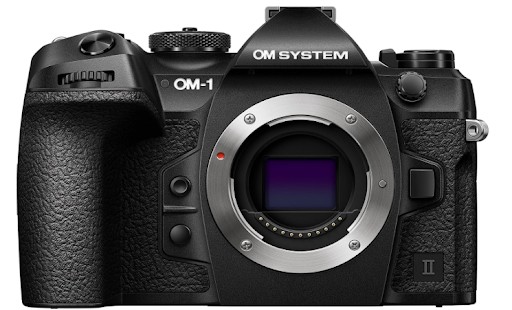
Image source- Amazon
Why It’s Great:
- Incredibly compact—fits in a jacket pocket.
- Bright, easy-to-focus viewfinder.
- High-quality Zuiko lenses.
Drawbacks:
- Less repair support than Canon/Nikon models.
Best For: Travel shooters and minimalists.
4. Pentax K1000 – Best Budget Film Camera
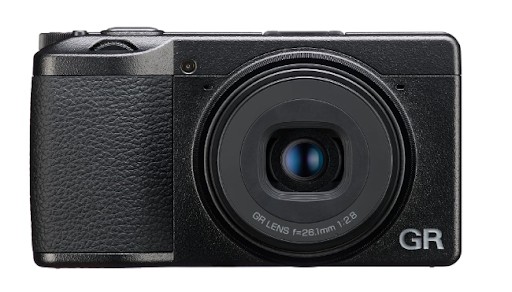
Image source- Amazon
Why It’s Great:
- Fully manual and built like a tank.
- Cheap and widely used in photography schools.
- K-mount lenses are easy to find.
Drawbacks:
- No automatic features—manual all the way.
Best For: Those who want to learn exposure fundamentals affordably.
5. Minolta X-700 – Best for Automatic Features

Image source- Amazon
Why It’s Great:
- Program and aperture-priority modes simplify shooting.
- TTL flash metering for reliable exposures.
- Fantastic MD lenses available for cheap.
Drawbacks:
- Electronics can fail—check before buying.
Best For: Beginners who want automation without losing film charm.
6. Canon Sure Shot/AF35M – Best Beginner Point & Shoot
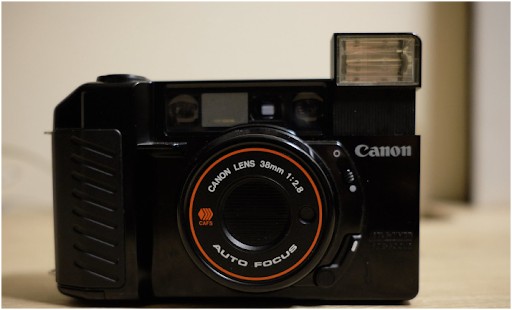
Image source- eclecticadventures.co
Why It’s Great:
- Fully automatic—just load film and shoot.
- Sharp 38mm f/2.8 lens.
- Affordable and widely available.
Drawbacks:
- No manual controls if you want to learn exposure.
Best For: Casual shooters who want zero setup and retro vibes.
7. Yashica Electro 35 GSN – Best Affordable Rangefinder
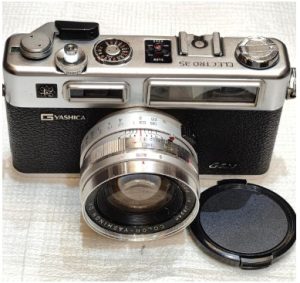
Image source- Amazon
Why It’s Great:
- Rangefinder precision with aperture-priority auto.
- Beautiful lens rendering.
- Classic 70s styling.
Drawbacks:
- Electronics can be flaky—watch for battery corrosion.
Best For: Street photographers and fans of old-school aesthetics.
8. Pentax ME Super – Best Small SLR with Speed Control
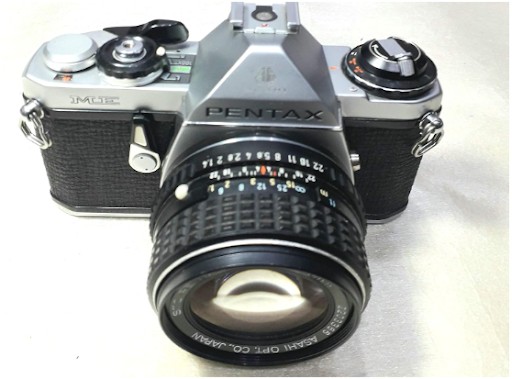
Image source- Amazon
Why It’s Great:
- Compact and ergonomic.
- Aperture-priority and full manual modes.
- Big, bright viewfinder.
Drawbacks:
- Shutter speed buttons instead of a dial—not everyone’s favorite.
Best For: Beginners who want a small, flexible SLR.
9. Ricoh KR-5 Super II – Most Underrated SLR
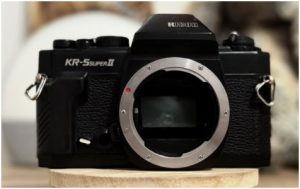 Image source- ebay.com
Image source- ebay.com
Why It’s Great:
- Solid build quality at bargain prices.
- Compatible with Pentax K-mount lenses.
- No unnecessary fluff—just a reliable camera.
Drawbacks:
- No aperture-priority mode—fully manual.
Best For: Budget-conscious beginners who want reliability.
10. Konica Autoreflex T3 – Best Vintage Feel
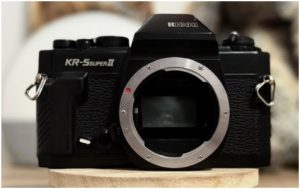
Image source- wikipedia.org
Why It’s Great:
- Classic 70s look and solid build.
- Shutter-priority auto and full manual.
- Hexanon lenses are surprisingly good.
Drawbacks:
- Konica lens mount limits modern options.
Best For: Vintage camera lovers who want tactile control and unique style.
Bonus: Best Digital Cameras for Film Lovers
Still want that film aesthetic, but prefer digital convenience? These digital cameras emulate the film look with great presets and design:
- Fujifilm X-T5 – Classic film simulations like “Classic Chrome” and “Pro Neg.”
- Nikon Zf – Retro design with customizable film profiles.
- Ricoh GR III – Pocket-sized with film-style JPEG modes like “Positive Film.”
Final Verdict: What’s the Best Film Camera for You?
| Need | Best Pick |
| Absolute Beginner | Canon AE-1 Program |
| Mechanical Reliability | Nikon FM2 |
| Travel-Friendly | Olympus OM-1 |
| Tight Budget | Pentax K1000 or Ricoh KR-5 |
| Point & Shoot Simplicity | Canon Sure Shot |
| Rangefinder Feel | Yashica Electro 35 |
Pro Tip: Buy from trusted secondhand sources like KEH, MPB, or your local camera shop. eBay is tempting, but quality and accuracy vary wildly.
Why Film Photography Still Matters
Film photography isn’t just a nostalgic throwback—it’s a hands-on, thoughtful process that trains your eye, sharpens your technique, and slows you down in the best way possible.
The best film camera for beginners is the one that excites you, feels good in your hands, and pushes you to shoot more intentionally.
So whether you go with the Canon AE-1 Program or a compact Sure Shot, don’t overthink it. Load a roll of Kodak Gold, go outside, and let the learning begin.
FAQs: Best Film Cameras for Beginners
1. Is 35mm Good for Beginners?
Absolutely! 35mm film is the best format for beginners because:
- Film is affordable (compared to medium format).
- Cameras are lightweight & portable (unlike bulky TLRs).
- Wide variety of stocks (Kodak Portra for colors, Ilford HP5 for B&W).
- Easy to develop & scan (most labs handle 35mm).
Tip: Start with Kodak Gold 200—it’s cheap, forgiving, and looks great!
2. What Should Be My First Film Camera?
Your first film camera should be:
- Simple to use (but still teaches you manual controls).
- Reliable (no light leaks or broken meters).
- Affordable (so you can spend more on film).
My top picks:
- Canon AE-1 Program (best balance of auto & manual).
- Pentax K1000 (fully mechanical, ultra-durable).
- Minolta X-700 (great auto-exposure for beginners).
Avoid: Overpriced “hype” cameras (like Contax T2)—start cheap!
3. What Is the Best Budget Film Camera?
For under $150, these are the best:
- Pentax K1000 (~$100-$120) – Built like a tank, fully manual.
- Canon AE-1 (~$130-$150) – More features, still affordable.
- Olympus OM-10 (~$80-$100) – Lightweight, great lenses.
Where to buy? Check MPB, KEH, or local camera shops—eBay can be risky.
4. Should I Start with Film or Digital?
Film forces you to learn (no chimping, limited shots). Digital is cheaper long-term (no film/development costs). Best compromise? Shoot film + use a Fujifilm X-T5 (film simulations).
Final Tip: Don’t overthink it—grab a cheap 35mm camera, load some film, and start shooting!
